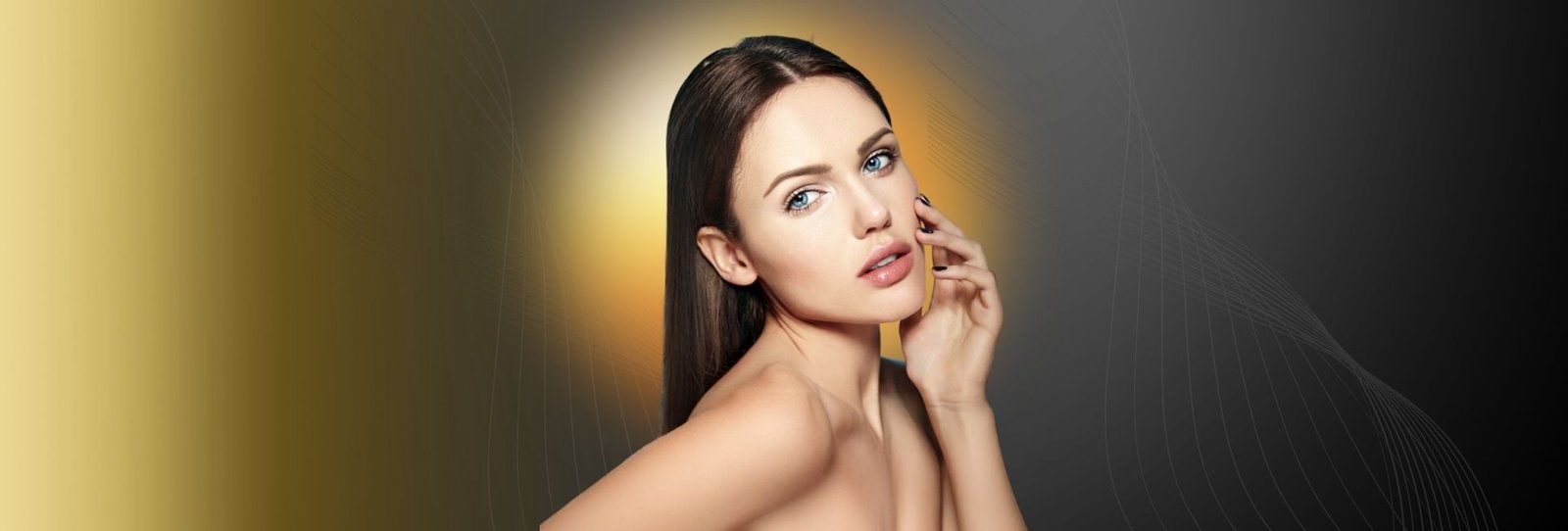Revision Rhinoplasty: A Comprehensive Guide to the Procedure and Recovery
Revision Rhinoplasty: A Comprehensive Guide to the Procedure and Recovery
Revision rhinoplasty is a surgical procedure, also known as secondary rhinoplasty, performed to correct the result of the initial rhinoplasty. If you are unhappy with the aesthetic appearance of your nose, have breathing problems or nasal asymmetry, this blog post will help you understand the stages of revision rhinoplasty and the healing process.
Why Revision Rhinoplasty is Needed?
It may be worrying that you did not get the results you wanted after your first rhinoplasty surgery. However, such situations can be corrected with revision rhinoplasty and it is possible to achieve successful results. If a skilled surgeon is experienced in dealing with scar tissue and carefully assesses the situation, successful results are usually achieved.
Common Reasons for Revision Rhinoplasty
Inadequate Aesthetic Results: The first rhinoplasty surgery may not meet your expectations and you may not be satisfied with the appearance of the nose.
Functional Problems: Structural problems such as nasal valve damage or nasal obstruction can make it difficult for you to breathe.
Asymmetry or Deformities: Over time, asymmetry or deformities may occur in the nose.
Excessive or Inadequate Correction: Excessive tissue removal or inadequate correction in the first surgery may necessitate revision.
Preparation for Surgery
Before revision rhinoplasty, you should discuss the following points with your surgeon:
Your concerns: Clearly state your specific concerns and goals for the surgery.
Your Health Status: Your nasal anatomy and medical history should be reviewed by your surgeon.
Treatment Plan: A treatment plan should be prepared to achieve your desired outcome.
Preoperative Instructions: Instructions such as avoiding certain medications, lifestyle changes should be discussed.
Revision Rhinoplasty Procedure
Revision rhinoplasty differs for each patient. In general, the process works as follows:
Anesthesia: It is usually performed under general anesthesia.
Incisions: The surgeon makes incisions inside or outside the nose that are appropriate for your case.
Sculpting: Techniques such as cartilage grafting, bone cutting or reshaping of the nasal structures can be applied.
Symmetry: Symmetry is created by providing balance and harmony between the nasal structures.
Closure: The incisions are carefully closed with sutures.
Healing Process
The healing process requires patience and following the surgeon’s instructions. Here are some situations you may encounter during the process:
Swelling and Bruising: Swelling and bruising are common in the first week. Applying cold compresses and keeping your head elevated will help reduce swelling.
Pain Management: Pain medication may be used.
Nasal Congestion: Breathing may be difficult in the first weeks.
Postoperative Instructions: Details such as cleaning the nose and dressing will be explained by your surgeon.
Rest and Physical Activities: You should avoid strenuous activities and get enough rest.
Results and Expectations
It can take time to see the results of revision rhinoplasty. The final result may take several months due to swelling. One should be patient and have realistic expectations about the results. Open communication with your surgeon is the key to a successful surgical process.
Risks and Complications
Revision rhinoplasty also has some risks. These can include infection, bleeding, reactions to anesthesia and scars. However, working with an experienced surgeon and following pre- and post-operative instructions minimizes these risks.
To summarize
Revision rhinoplasty is an ideal solution to correct aesthetic and functional problems resulting from a previous surgery. This process can be emotionally challenging, but with the guidance of a skilled surgeon, you can embark on this path with confidence. As Dr. Havva Duru İpek, we work meticulously to meet the expectations of our patients in the best way possible.




